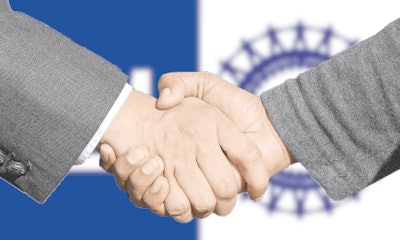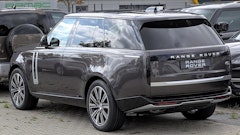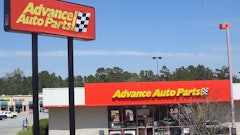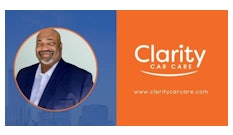
By Jeff Sanford
Toronto, Ontario — July 4, 2018 — We are now in the back-nine of 2018. The heat wave extends from coast-to-coast. Some will be wondering—where is that GM collision repair certification program? It was in July of last year that GM announced at NACE Chicago that the company announced such a program would be coming in 2018.
A press release issued by GM a few days later reiterated the promise, stating that a comprehensive collision certification program would be launched, “… early in 2018.”
Now that the second half of 2018 has rolled around, many in the collision repair industry will be keeping an eye out for an announcement from GM. After all, the introduction of certification program from North America’s largest mass producer of vehicles will mark a new era in the history of the collision repair sector.
Over the past few years the industry has been witness to a remarkable explosion in the technical complexity and sophistication of vehicles. Cars are now laden with ADAS systems, cameras, sensors and computers. Fixing these advanced vehicles requires a higher level of precision and care than ever. And so there has been an ongoing expansion in certification programs from OEMs. This is simply recognition of the modern state of the industry.
Decades ago the process of repairing a car was a matter of muscle. Techs were pulling steel and filling cracks with bondo. But as the technical sophistication of vehicles has soared OEMs have recognized that they need to be involved in the collision repair process. The use of ultra high-strength steel, aluminum and advanced composites, require more stringent repair techniques and procedures. Proper scanning of computer-based diagnostic systems requires proper tools. Re-calibrating sensors introduces new steps into the repair process. All of this is pushing the introduction of new OEM-based certification programs. The manufacturers realize that if they want the proper procedures and tools used in collision repair they are going to have to get over their historical reticence and get involved in what happens on the floor of a collision repair center.
So no wonder the explosion in the number of certified shops across North America. One estimate is that the number of collision repair centers with OEM certification has expanded rapidly from just 350 in 2012 to ten times that number today. Of course, the European manufacturers have long had such certification programs in place. Honda and Toyota also have long running programs. But now Nissan, FCA, Ford and Hyundai, Ford have introduced programs as well. At the same time the big MSOs like Caliber and Service King make regular announcements that large numbers of shops in their chains are taking on such-and-such certification. It has been suggested that OEM-certified repairers now handle one-third of all jobs now in North America. So this is a trend well underway.
The benefits of these programs for the average shop are many. It has been suggested that OEM certification can be a recruiting tool for shops. Surveys have shown that employees are more likely to be attracted to an OEM-certified shops, and that’s no small thing in an industry where the labour market is so radically tight. Customers also like the idea of a brand connection between their car and their collision repairer, and so certification can be a benefit in terms of advertising as well.
But what introduction of these OEM certification programs are also changing the nature of the industry itself.
Over the last thirty years insurance companies have evolved their own version of a certification process through their DRP programs. These programs defined how repairs across the industry were carried out. But could this basic dynamic be changing in this new world of more complex repair?
For years the insurers resisted having OEMs define how repairs that insurers are paying for are carried out. But that resistance seems to be melting away. Worries that OEM certification programs would drive a shift in how shops source parts (making repairs more expensive) have given way to a recognition that modern vehicles are a different breed of horse than the cars of just a decade ago, and that they need to be repaired exactly as OEMs demand.
So here we are in 2018—the industry is, arguably, on the verge of having the largest North American OEM announce a certification program. This could represent a real change in the way the industry operates at a fundamental level.
It is thought the GM program will include standards for pre- and post-repair scanning and calibration. It will also expand on already-existing recommendations around training and tools. GM is also said to have already signed a deal with Mitchell, which will oversee some of processes around certification and compliance.
But the really big shift underway here will be a basic change in how the initial accident reporting happens. GM, of course, operates the OnStar service, which could eventually provide drivers with recommendations on what local shop is certified and able to handle their repair. Were that to happen GM would have to take responsibility for ensuring the shops it recommends over OnStar. That is, the initial reporting of a collision will fall on the OEM rather than the insurer.
This would represent real change in the industry. The entire business model of the industry as it has evolved over the past three decades has been according to the DRP model. But the arrival of a GM certification program may also be a step toward a world in which OEMs take over the roll of initial reporting of an accident.
Will collision repairers of the future look back at this summer as the point when the industry began to shift? We’ll see. GM promised in July 2017 that the program would be announced in “early 2018.” But here in July of 2018 many in the industry are watching and waiting.




















